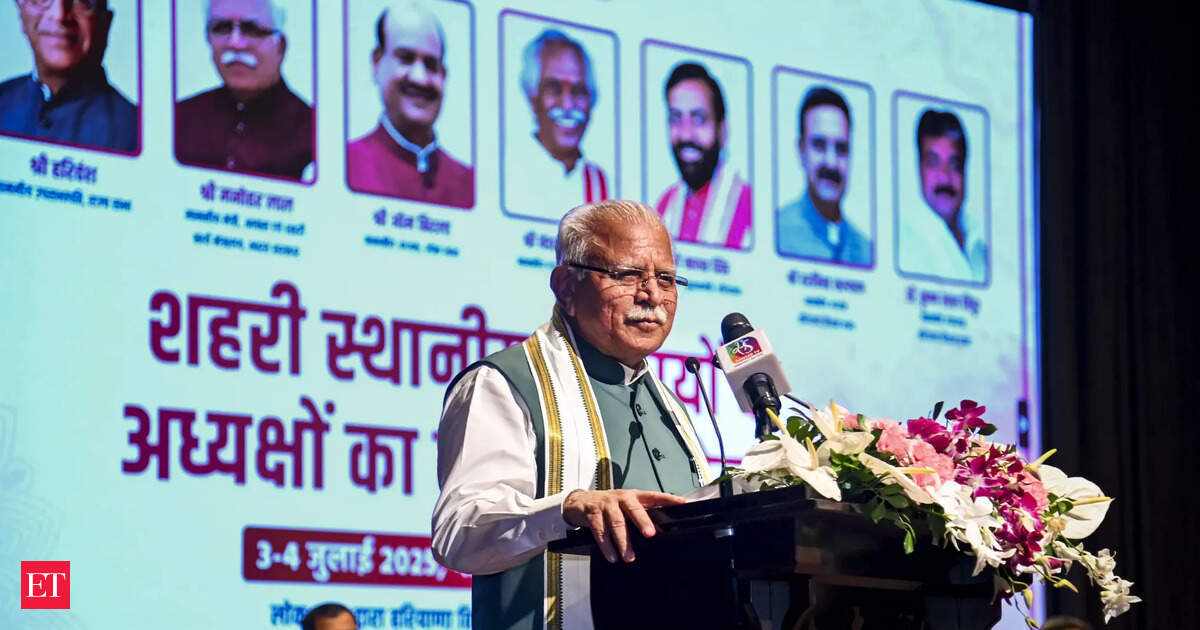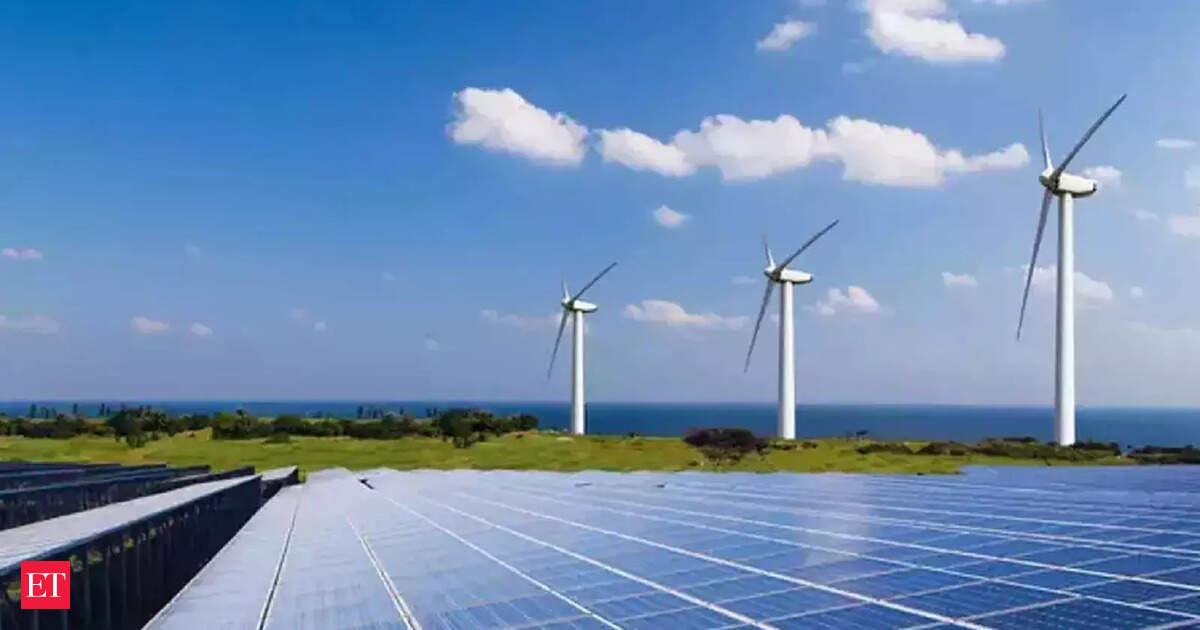Over the last three-four years, the cost of energy storage has significantly dropped, Lal said at the India Energy Storage Week conference here on Wednesday.
“What was once ₹10 lakh/MW has now fallen to ₹2.5 lakh/MW per month, a reduction to one-fourth of the original cost,” he said.
As industries like steel and cement shift towards green hydrogen, India is pushing for energy independence to reduce oil dependency, he said.
According to Central Electricity Authority chairperson Ghanshyam Prasad, India has about 3,300 MW of energy storage capacity in the pipeline, which is expected to culminate in 8,500 MWh over the next two years.
Around 12,500 MW, equating to about 42,000 MWh of projects are under the tendering process, he said. However, the current battery energy storage system (BESS) capacity looks very meagre, standing at around 205 MW or about 506 MWh, Prasad said, adding that in FY27, “We will need to increase our capacities steadily to reach around 74 GW by 2031-32.”In the ongoing financial year, the government aims for around 3,000 MW of hydro pumped storage project capacity and is working towards increasing it to 50 GW in the coming years, Prasad said.




